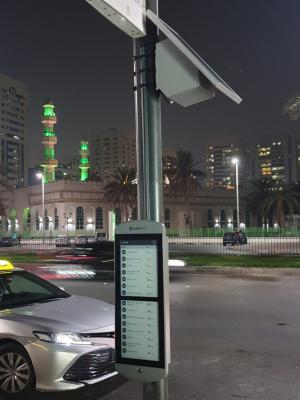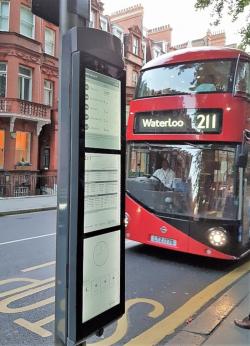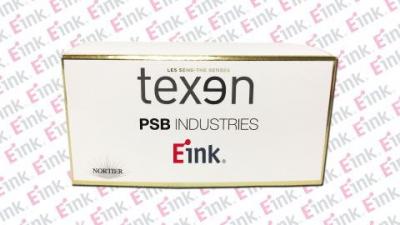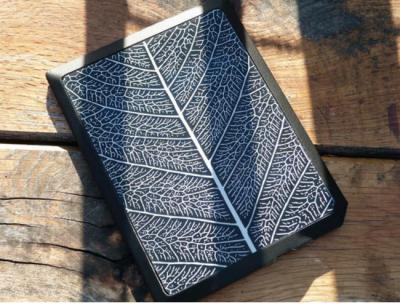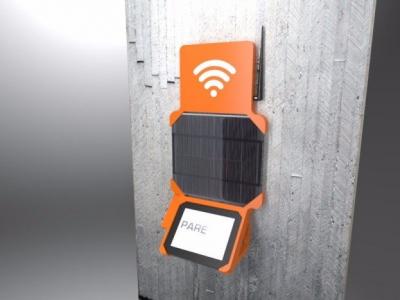Saule Technologies launches perovskite solar based ESL technology
Poland-based perovskite solar developer Sulate Technologies launched a new technology that integrates perovskite solar panels with ePaper Electronic Shelf Labels. The company says that these are the first ESLs of its kind, and they use either 2-color or 3-color E Ink panels.
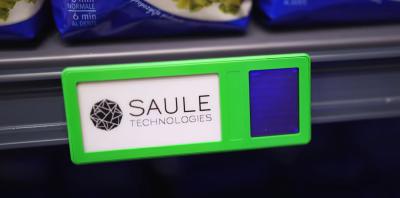
Perovskite solar panels are highly efficient, and can maintain their high efficiency in artificial light, and also in indirect indoor lighting, which makes this solution viable in many installation environments, unlike conventional solar-based solar panels. The perovskite panels are also highly flexible, light and thin.
